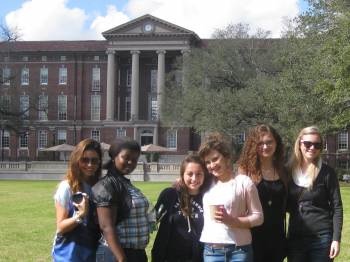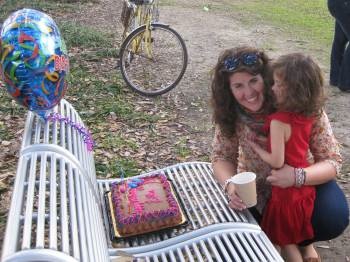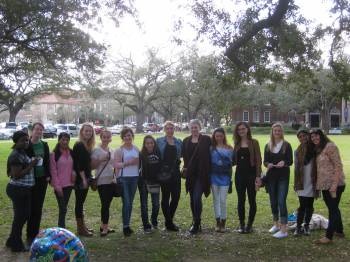Dear host families and au pairs,
See below helpful tips from the Center for Disease Control on preventing the spread of germs and dealing with flu-like symptoms.
Since some of the recommendations are open to interpretation (ex. avoid contact with sick people), it is recommended that host families and au pairs discuss the proper procedures in sufficient detail to make it clear what is appropriate and expected in a given household.
Helpful Tips
The Center for Disease Control (CDC) has helpful tips on everyday preventive actions to STOP the spread of germs:
1. Try to avoid close contact with sick people.
2. If you are sick with flu-like illness, CDC recommends that you stay home for at least 24 hours after your fever is gone except to get medical care or for other necessities. (Your fever should be gone without the use of a fever-reducing medicine.)
3. While sick, limit contact with others as much as possible to keep from infecting them.
4. Cover your nose and mouth with a tissue when you cough or sneeze. Throw the tissue in the trash after you use it.
5. Wash your hands often with soap and water. If soap and water are not available, use an alcohol based rub.
6. Avoid touching your eyes, nose and mouth. Germs spread this way.
7. Clean and disinfect surfaces and objects that may be contaminated with germs like the flu.
8. To find out more information about the flu and how it may affect you visit the CDC website at cdc.gov




